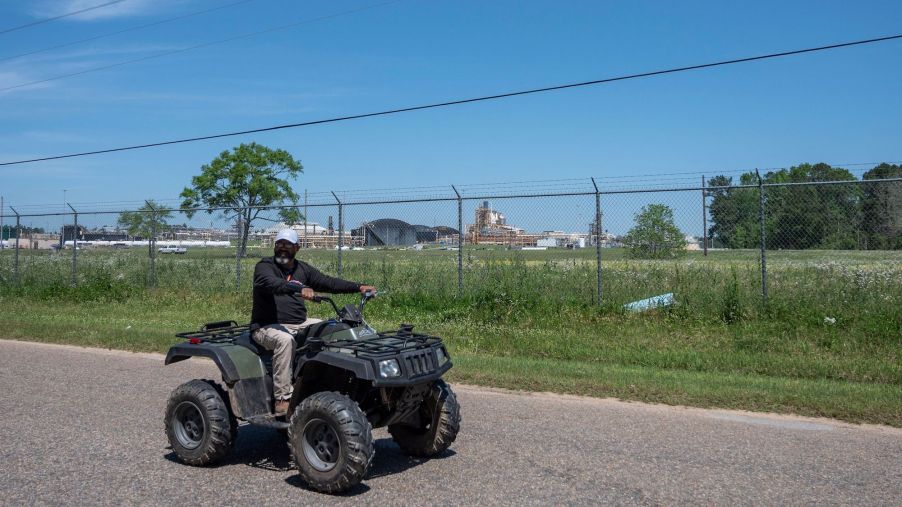
Are ATVs Street Legal?
The all-terrain vehicle, aka ATV, first appeared in the 1960s as a six-wheel amphibious variety. The first straddle ATV had three wheels, and this version grew in popularity during the 1970s. Models for performance, beginners, and farmers soon joined the group. Then, in the early 1980s, four-wheelers appeared, soon replacing their three-wheel predecessors.
Many people of various ages ride four-wheelers today for various reasons. But can they ride them on public roads legally?
Today’s 4-wheelers
According to the ATV Safety Institute, all-terrain vehicles are motorized off-roaders with four low-pressure or non-pneumatic tires, a seat the rider straddles, and handlebars for steering. Two types of ATVs are manufactured. Type I models can hold one person, and Type II versions carry the driver and a passenger.
ATVs also come in various sizes. Younger operators should use youth models, which travel at slower speeds. Many even include a label listing the manufacturer’s minimum age recommendation. The labels mark the vehicles for kids not younger than 6, 10, 12, or 14. Young people aged 16 or older can ride adult-sized ATVs.
What are ATVs used for?
ATVs designed for adults come in sport and utility models. The utility version is sometimes called a UTV, MotoSport.com explains. The two types have different sizes, drivetrains, and capabilities, Dirt Wheel Rider reports.
Sport ATVs are designed for speed and have good handling. Riders even use these vehicles in motocross and off-road races. They boast performance engines and sport suspensions. These models are also smaller and less expensive than UTVs. Sport ATVs have two-wheel drive, while UTVs have four-wheel drive. In addition to racing, riders use sport ATVs for general recreation and on trails.
The larger UTVs can haul and tow. Though they don’t handle as well as sport ATVs, UTVs can go off-road just about anywhere, whether in the mud or up hills. In addition to towing and hauling, UTVs are great for hunting and plowing. Plus, their designs offer more comfort than the sport variety.
Are ATVs street legal?
You might not want to trade in your car for an ATV, but having a street-legal four-wheeler can be helpful for connecting from one trail to another or crossing a street. The legality of ATVs on public roads varies from state to state, though.
Some states require safety features, such as lights and mirrors, to make a four-wheeler street legal. Other states ban all-terrain vehicles from streets entirely. Even states that allow four-wheelers on streets usually ban them from highways and state routes. States also have individual regulations on minimum ages, where ATVs can be used, and whether a license, title, registration, and insurance are required.
Your local DMV will have information on all-terrain vehicles in your state. It’s important to look up your area because local municipalities often have regulations different from state rules.
For instance, Alabama and Washington, D.C., are among the most restrictive places for riding ATVs on the street. On the other hand, Idaho, Kansas, Utah, and West Virginia are among the least restrictive. In addition, many states don’t allow four-wheelers on streets except for specific uses or with certain safety requirements. National forests and parks also have their own regulations.
As with most vehicles, it’s important to know the laws and safety regulations for your area. So before you take your ATV out on the street, check to ensure it’s allowed wherever you are.


